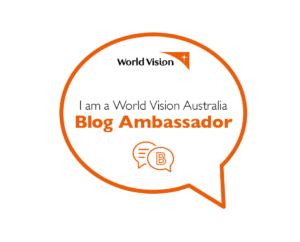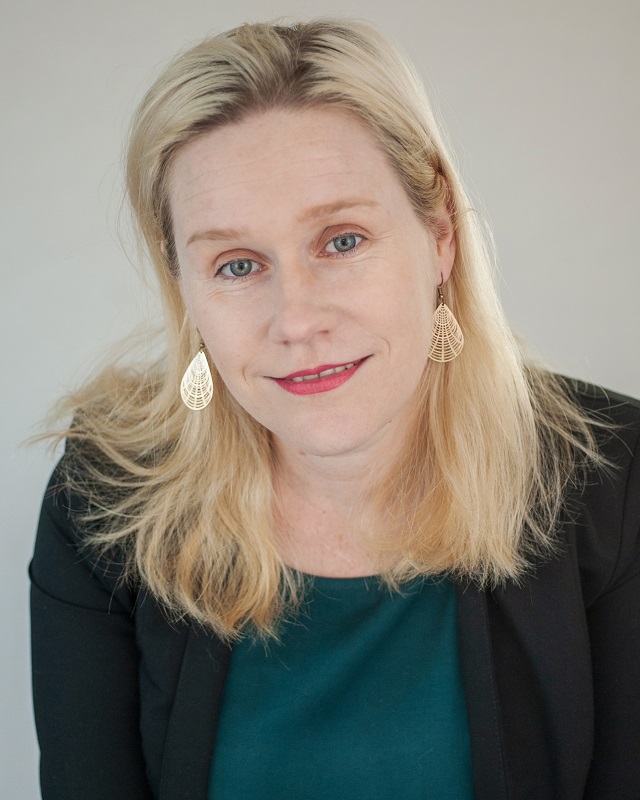Psychoanalysis? That’s something to do with Freud, isn’t it?
*
To talk about Freud in the 21st century is almost to invite conjecture and doubt, especially when we specifically referring to Literature and creativity. This is because in its early years, psychoanalysis did suffer from over-applied textual analyses. If a text contained imagery or description of guns or statues then the assumption was sometimes made that there was some sort of phallic significance. A fertile glade or subterranean hideaway was, therefore, a vaginal reference. A fountain that spurted water was….well, you get the idea. Fortunately, psychoanalytic theory has come a long way. Now, it is generally held that psychoanalytic theory attempts to comprehend the “relations between practice and commentary”*, and because thought, writing, dreaming, wonder, delight, creativity etc spring both from the conscious and the unconscious, you can see why a bit of couch-session-ing mightn’t be such a bad idea.
What has any of this to do with blogging?
Since its beginnings, psychoanalysis has suffered from its oftentimes conflicting dynamics. So has blogging. Both have attempted to answer any or all of the following questions: Who am I? Why do I write? Because I do write, does that make me an Author? What is an Author? Does an Author require an audience? Why have I chosen this particular medium of expression? How will it be interpreted? Perhaps most important: How can the language which I have acquired possibly convey all that I wish it should, when language, in the first place, is an arbitrary, ‘man-made’ construct.
I could go on…
Because psychoanalysis is so often also identified with Science (as Science); and because Science is so often polarised to Art; then perhaps it’s not so hard to see why they have such an uneasy relationship. The same can be said for blogging. Consider this —blogging could be seen as slightly incongruous. What once might be saved for the private diary, or art portfolio, or photo album, or galley proofs of a book can now be found in the logical world of Binary and silicon.
But online or offline, there is one commonality: the narrative.
How one interprets narrative – whether it be their own or someone else’s – is, of course, completely individualistic. That might seem like an obvious statement, but before the work of post-structuralist’s like Julia Kristeva and Jacques Lacan dominant ideologies (Psychoanalysis included) suffered from a kind of overt formalism that homogenised readings and conclusions of a text – whether it be a book, or a blog.
My main point here today was to explicate a bit on the historical background of psychoanalysis, and to show how our pedagogical alliances may help – or hurt – how we go about our daily writing and reading.
Note: I realise I haven’t really even gone into what psychoanalysis is or given basic examples of its practice, but first I just wanted to write that little introduction, just to (if I’m being honest) ease my way back into some sort of familiarity with a subject I am a little rusty on, although I devoted a chunk of my life to it for a while. If you like it, I’ll continue it in another post at a later point. Feedback is appreciated!


















